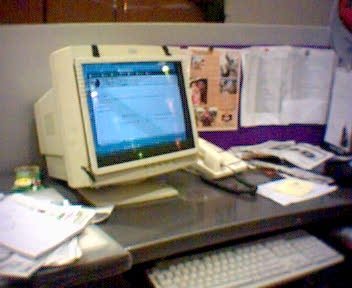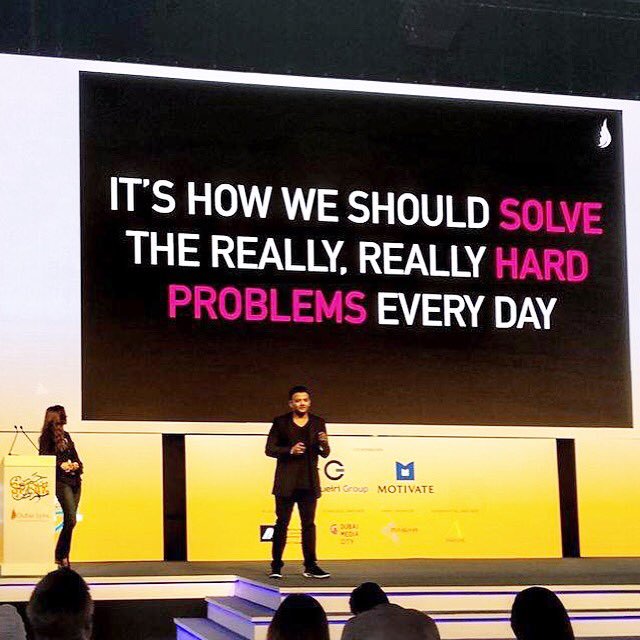Tahaab Rais: Today, there’s a need for “scrappy, nimble, street-fighting” kinda creativity
Tahaab Rais, one of the most awarded creative strategists at the recent Dubai Lynx competition that took place in March, this year, will join the Romanian marketing and creativity community on the 30th of May, as a guest speaker. He will talk about the power of creativity to reset brands in FMCG, achieve results and challenge the status quo of every category.

AdHugger: What’s your oldest memory about Tahaab, the creative strategist?
Tahaab Rais:
I had a lot of uncles who worked in advertising as creative directors. Seeing them create ideas was what I found most fascinating about advertising. To me, it has always been a business of ideas.
Now, my oldest memory of my work-life is that of me interning as a 19-year-old in a creative hot shop in Bombay, India. I used to write decent copy (I’ve always enjoyed writing since I was a kid). And I used to scribble really unaesthetic sketches pretending to be ad layouts to help bring that copy I wrote to life. I wasn’t that good at making ads look good! But I enjoyed thinking about creative ways to answer a challenge faced by brands and their businesses.
Looking back, what that creative dabbling with art and copy did (as disastrous as I might’ve been in hindsight!), is that it helped me train my mind to think about strategy as well as how that strategy could manifest into a creative idea. It helped me think of solutions with a creative eye. I do believe THAT is a fundamental imperative for anyone who wants to be a strategist.
AdH: One of your passions is astrophysics. What we can learn from this discipline, as marketers, creative people and communicators?
How did you know?! It’s no longer a secret now!
While I haven’t formally studied astrophysics, I’m a geek when it comes to the topic; tending to spend at least 30 minutes every day reading about anything to do with the field.
Where my love for astrophysics helps me with the work that I do for my company and the brands we manage, in the creative consultancy space, is that it is a confluence of creation plus science. You see, in astrophysics, the laws of physics and chemistry give us insights into creation and how the universe works. It needs intense studying and analyses coupled with instinct. Now, similarly in marketing, data gives us insights into how our brands and businesses are doing and what’s working as well as what’s not working. This too needs that intense and ongoing studies and analyses coupled with the human creative instinct.
AdH: Your first big award. What was the story behind it?
The first big award was something that doesn’t feature on my professional profiles – because it wasn’t for strategy, effectiveness or creativity. It was called a “White Card” award and it was given in primary school. It used to be awarded to the student whom everyone felt was the best behaved and the kindest, when it came to teachers and to fellow students.
Winning that a few times taught me that, at school and in life, no matter how smart, effective or brilliant one’s work might be, what people remember is how you made them feel and how you behaved with them and the respect you gave them.
In today’s fast-paced competitive world, the way we treat each other is extremely crucial, especially in a team-sport like creativity. As a lot of industry leaders say, it’s important to be tough on work yet one must make every effort to be kind to people. I’m not where I should be when it comes to that mantra. Few are. And the award serves as a personal reminder for me to get better at that every day.
AdH: Difficult situation, challenging client, small budget and an amazing idea that saved the day and lead to results, maybe also an award. Is there such a situation in your life?
The one situation I can talk about openly is a societal cause. We were briefed by SmartLife – an NGO for blue-collared laborers in the UAE – to come up with an idea to help alleviate the quality of the lives they were leading. Obviously, being an NGO, their budgets were negligible.
We chose to teach them English, knowing that learning English will help open job opportunities for them to advance their career from blue-collar to white-collar administrative jobs and as a result, improve their quality of life. Free English classes, redesigned alphabets and a learning system helped them learn English. The total cost was less than $10,000 and thanks to the success of the project, we attracted partnerships and sponsorships that have given the project scalability and capital investment to continue. As a result, it has become a sustainable project now and thousands have graduated from blue-collar to white-collar lives.
The idea has won recognition at Dubai Lynx (including the first-ever Grand Prix for Good, at Cannes, at New York Festivals, at One Show, at The ANDY’s, at Warc and at Effies). It was creative, cost-effective and done very efficiently.
AdH: In Bucharest you will talk about small resources, but life changing ideas that propelled FMCG brands in the first league of their category. Give us the most compelling example.
One of my personal favorites is an idea that helped Coca-Cola, a global brand, play an additive role in the local culture of a region in which the brand is a foreigner and a distant number 2 in both market share and media spends versus Pepsi.
The story is about how during Ramadan, the Superbowl of advertising in the Middle East (and a month of equality and unity), in a world beset with prejudice, Coca-Cola shared a message against stereotyping and labeling with the world, from one of its most divided regions. And won the highest ever brand love and word of mouth for Coca-Cola.
Can’t wait to share the meaningful story behind that idea!
AdH: You were a long applauded speaker in Dubai Lynx, when you spoke about “cultural creativity” and creativity of the masses, especially in communities where resources are scarce. What marketers can learn from this?
Today, every industry is facing challenges; from the tech leaders fueling the remarkable and exponential growth of technology to marketers and their agencies looking at business growth. And every day everyone is in a street fight.
Marketers and agencies need to give a damn about the real, hard problems, stop making excuses and focus on coming up with ideas that help brands play a meaningful role in people’s lives.
In this scenario, “creativity” is the one true way to survive and succeed. It needs to be nurtured, encouraged and rewarded – from marketers and their agencies. Because “creativity” shouldn’t be just brandished around at award festivals or on award show nights or in conferences. It’s how we should solve the really, really hard problems every day. Looking at people in places like Egypt, Africa, India, one sees people being extremely creative, innovative and effective – without breaking the bank, and in a pretty quick and efficient manner. Why can’t we as creative agencies?
Today, given the restrictions on budgets and the need for speed, there’s a need for “scrappy, nimble, street-fighting” kinda creativity. One that’s creative, hacks those restrictions, is fairly quick and is cost-effective. Marketers need to support their agencies in doing that and have the right structures to allow for agencies that deliver to be rewarded.
AdH: You were a juror of the Romanian finalist teams in their way to Cannes / Young Marketers. How did you find their ideas on Renania’s safety brief? Any culturally inspired ones that impressed you?
I liked a lot of the approaches taken by the teams. They are way smarter than I was at their age! So, kudos to them.
There were a lot of examples positioning the safety products in the “fashion” space which was a smart strategic take. There were some examples that spoke about the human need for protection which were interesting and I wish they were scaled up more. And the winning idea was focused on talking to people who influence men to purchase – Women! It was the Old Spice archetype and it was smartly thought through. It can be an exciting and effective campaign.
I didn’t see a lot of cultural insights though. Not just in inspiring the ideas, but also in inspiring channel thinking or executions. Would’ve loved to have seen an idea launching this brand in Romania for everyday people that was actually inspired from a local insight or cultural nuance that wasn’t too universal. The good thing is that the ideas ended up being universally applicable! And can work across any market. What would’ve been very interesting though would be to have a few that were inspired from an ‘only in Romania’ type of insight, to make the idea culturally unique.
















